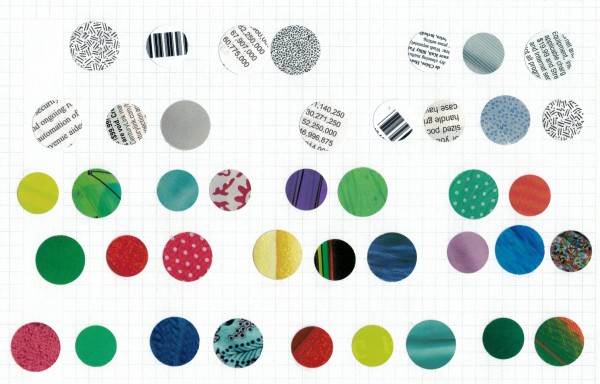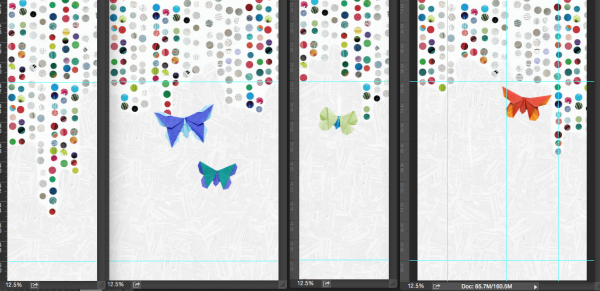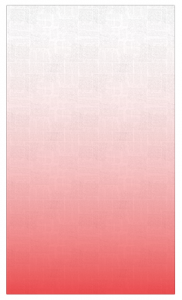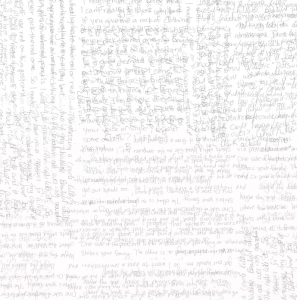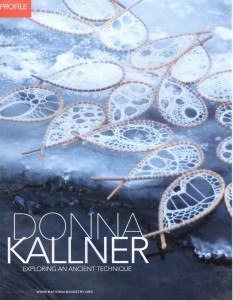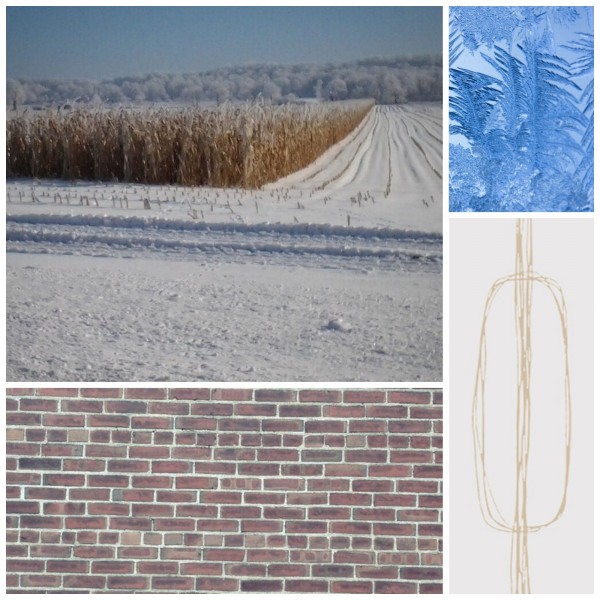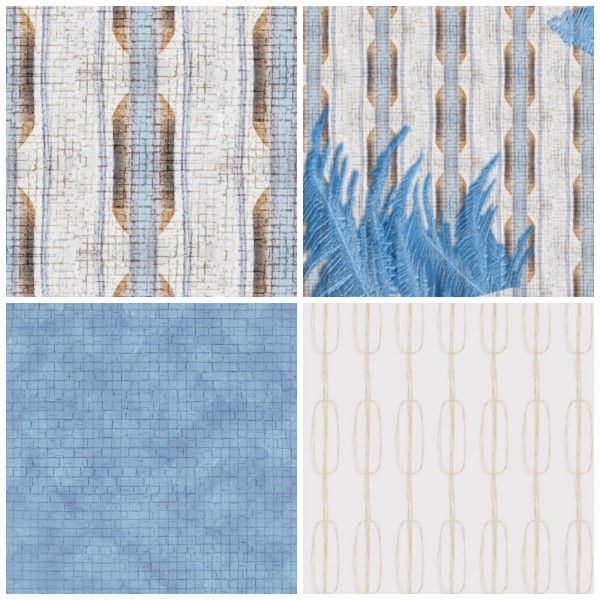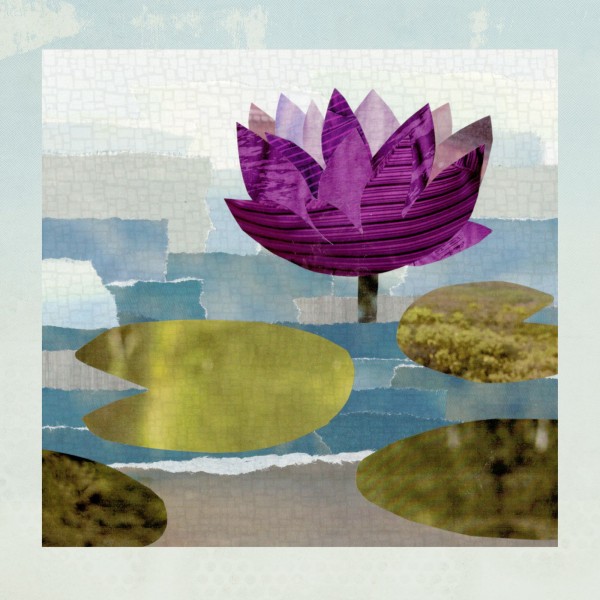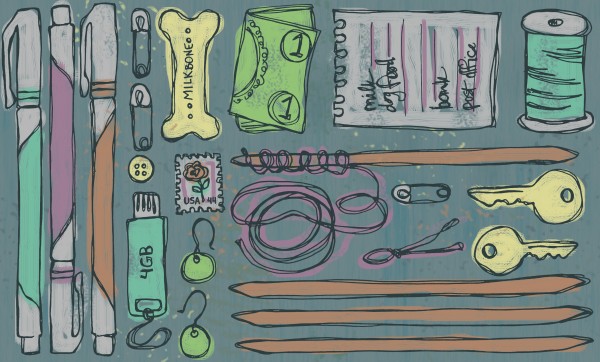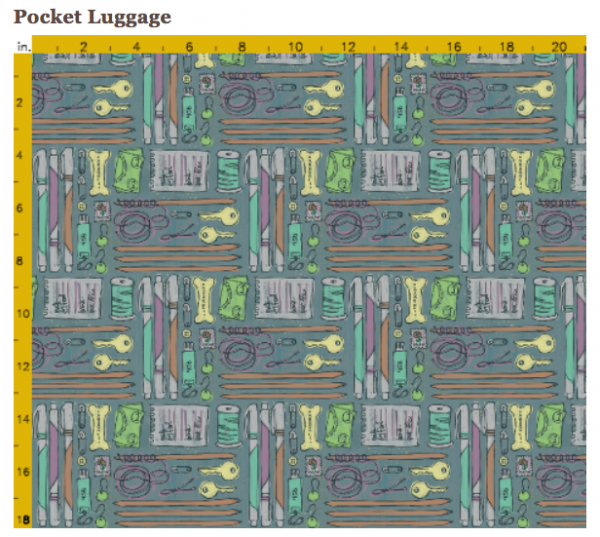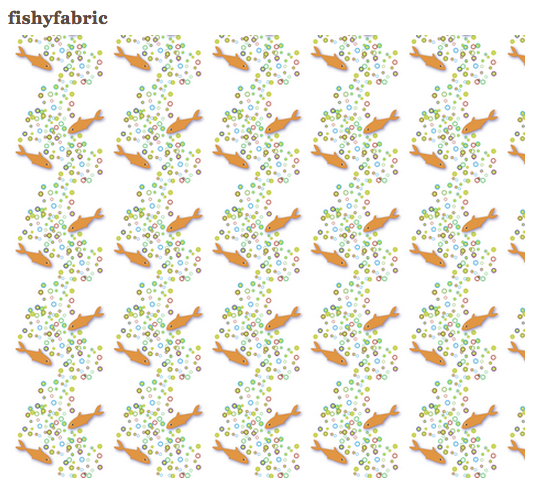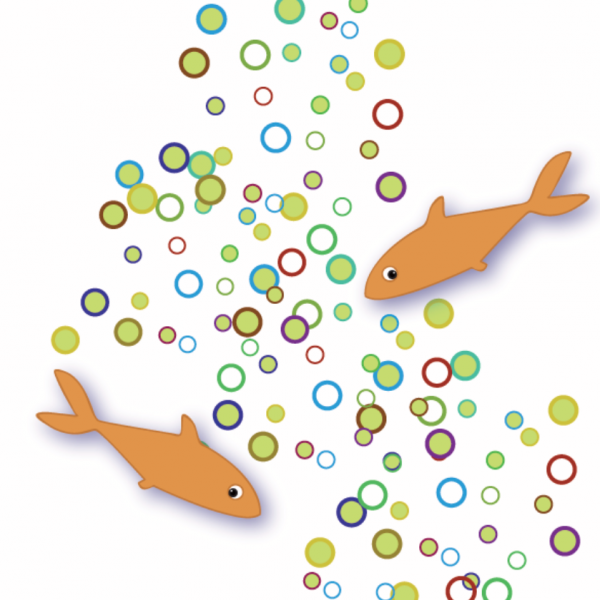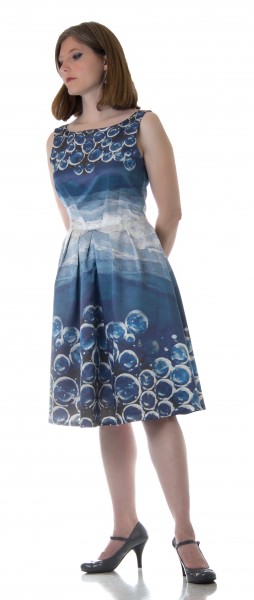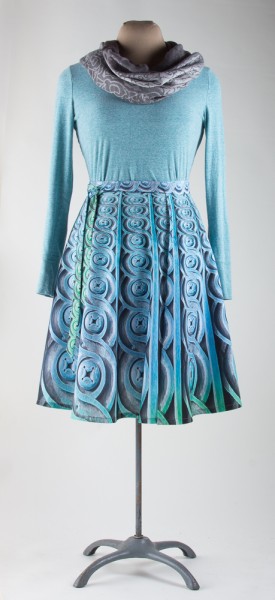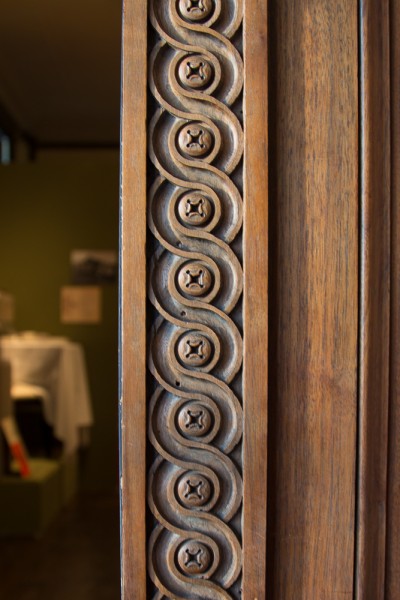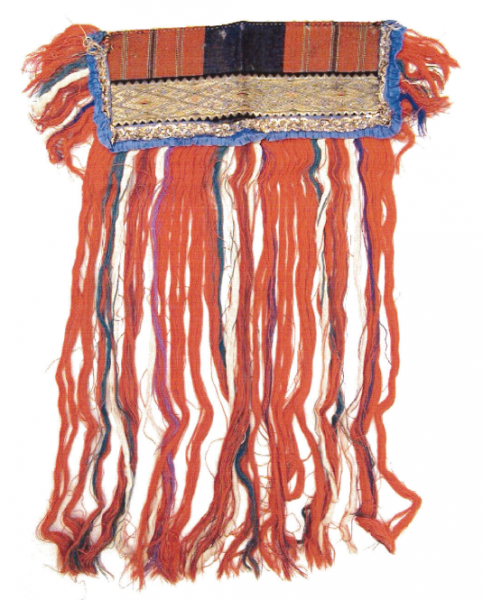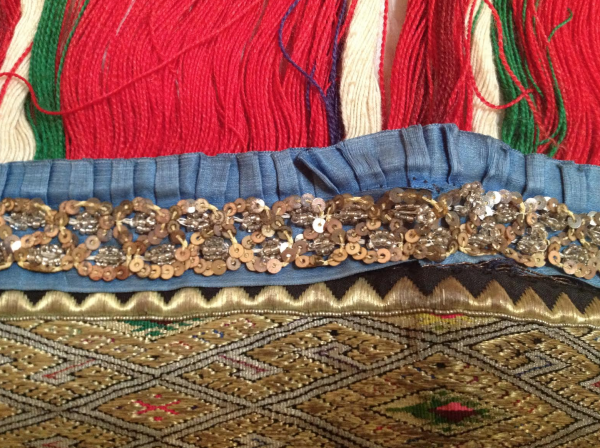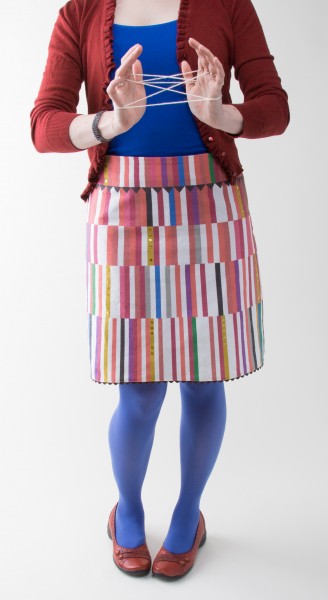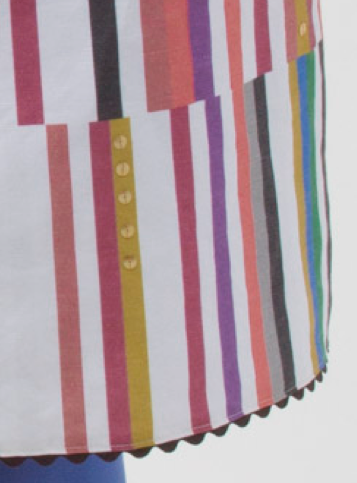Jerome Grant Projects: Duet #2
My second project for my Jerome Grant is all about the story. My partner Dawn and I have been friends since the 7th grade. Dawn is now a professor, teaching art at a community college. She isn’t a digital or fabric person at all; she gravitates towards printmaking and book arts. I thought it would be fun to go “offline” with Dawn and write a series of postcards to one another. I bought several packages of blank cards and a bunch of stamps and we mailed our conversation back and forth with one side of the card for words and one side for a sketch of something. She block printed, I water colored with tea and we talked about art. Why do I hate working with the color red? Do you have a “go to” doodle that you always draw when you don’t know what to draw?
Dawn really inspired me to do something hands on and get away from the computer a little bit. So I started a series of designs based on cut paper collages made from found paper and junk mail. I now have about 6 designs based on that idea and I am really loving that whole set of work. We talked a little at the beginning of the project about making a garment that told a story. Could a dress be a book?
This design is the base I started from. Two sizes of circle punches and a stack of catalogs and envelopes. I made 4 like this that became the final fabric design. They alternate between bright colors with no text and grey/black/white with text on them. I wanted to incorporate text into the design to refer to that book idea, but I didn’t want it to be a literal story that you would read. So I used text as a design element throughout.
What kind of a story would a dress tell you? It would have to be a “choose your own adventure”, where something you would do would be like turning the pages of the story. So I created a text design from a torn up choose your own adventure book from the thrift store. More text, but used in a textural way. That is what makes the texture on the hem of the dress, which is shown here. This is a screenshot of the actual dress panels as I was working on them.
The origami butterflies came next. I had made some fabric butterflies as a way of using up some pretty scraps for a show early in the spring. And I loved that this design was evolving entirely from paper, so I made two kinds of butterflies. These above were folded from origami paper and photographed to be layered into the design. And then I made 3-D fabric origami butterflies that embellish the dress. (I have an affinity for origami butterflies. My engagement ring was an origami butterfly folded from shiny silver paper.)
Finally I wanted to get our postcards incorporated into the design, so I scanned the text from several and created a final text design that is our handwriting with a color gradient over top.
This design was printed on 2 yards of silk crepe to make a “scarf”.
Where does the “choose your own adventure” come in? The dress is designed to be rearranged by the wearer. Like a magnetic nametag, the fabric butterflies have neodymium magnets stitched to the back and another stitched to a felt backing. The magnets let you put butterflies anywhere you like. Up over the shoulder, all along the hem. They also hold the scarf piece in place, so you can add a cowl back or an extra strap or a hood or a piece draped grecian style.
This one is called “Choose Your Own Adventure”. (And I will post finished photos also after the show has opened.)


